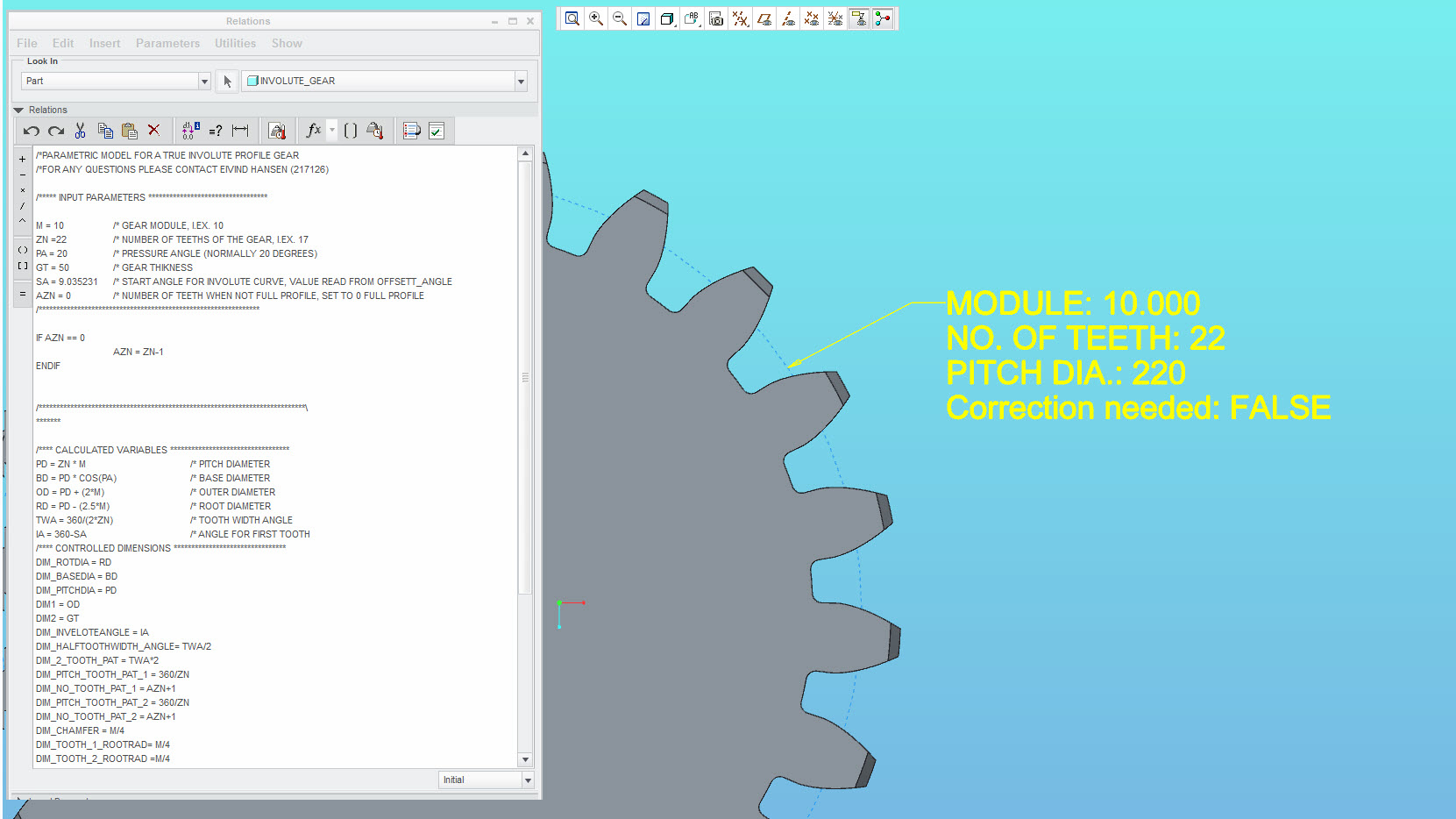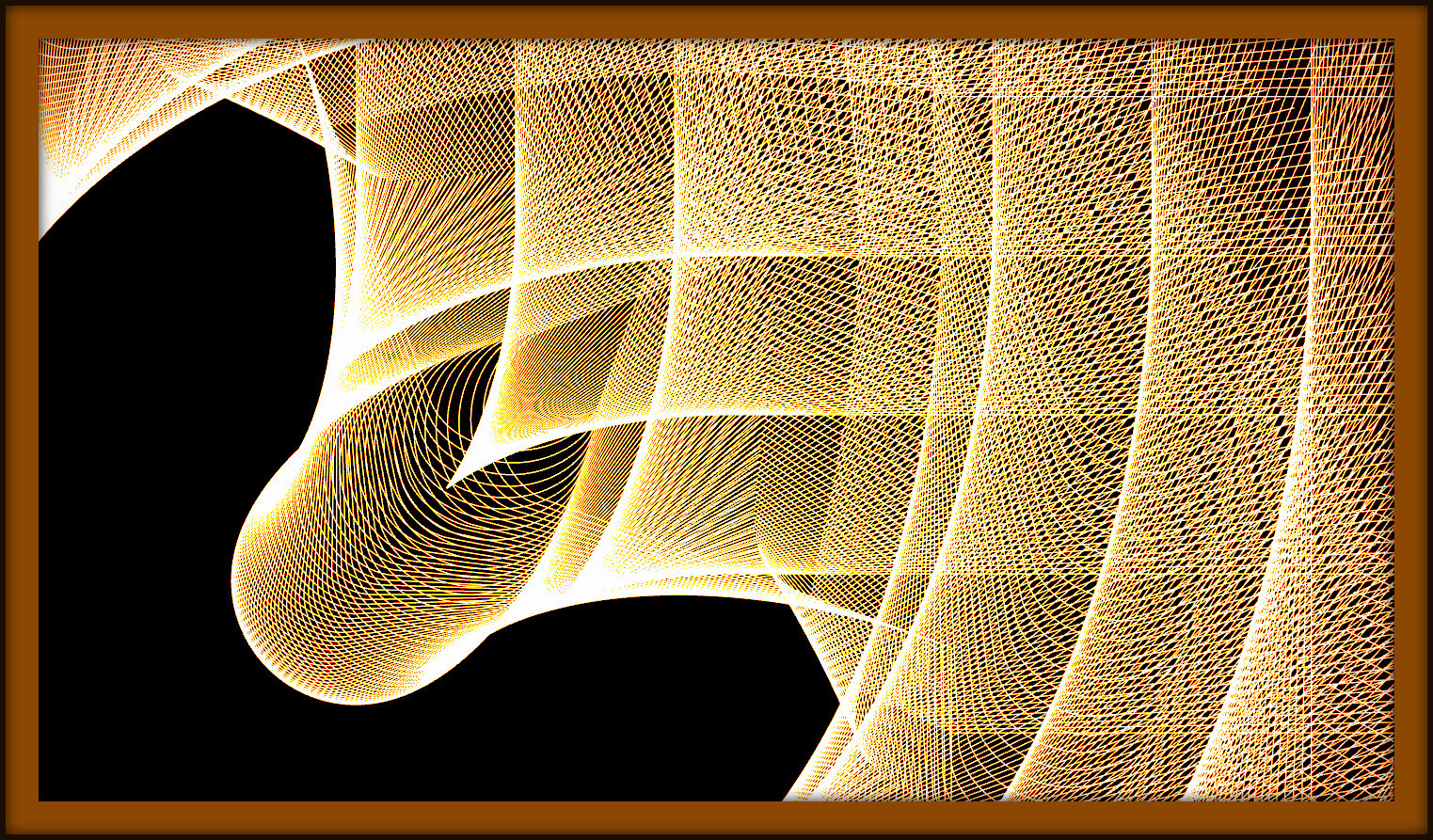

Lastly, various functions that can be achieved by utilizing linkers in recombinant fusion proteins will be presented, including improving folding and stability, facilitating protein expression, increasing the intrinsic biological activities, enabling targeting toward specific sites in vivo, and altering the pharmacokinetic (PK) profiles of fusion proteins.Ģ. Next, the empirical linkers that have been applied to the successful construction of recombinant fusion proteins will be discussed along with examples. First, an overview of the properties of linkers in naturally-occurring multi-domain proteins will be provided as a general reference for linker design. This review will summarize the current knowledge of linker design in recombinant fusion proteins.

Therefore, the selection or rational design of a linker to join fusion protein domains is an important, yet underexplored, area in recombinant fusion protein technology. Direct fusion of functional domains without a linker may lead to many undesirable outcomes, including misfolding of the fusion proteins, low yield in protein production, or impaired bioactivity. On the other hand, the selection of a suitable linker to join the protein domains together can be complicated and is often neglected in the design of fusion proteins. The choice of the component proteins is based on the desired functions of the fusion protein product and, in most cases, is relatively straightforward.


The successful construction of a recombinant fusion protein requires two indispensable elements: the component proteins and the linkers. With the rapid advancement of biotechnology, it is foreseeable that fusion protein technology will have increasing importance in creating novel protein therapeutics and in improving the performance of current protein drugs.Īpplications of bifunctional fusion proteins in drug deliveryīifunctional fusion proteins offer several advantages in drug delivery applications by (A) extending plasma half-life by decreasing access to proteases, decreasing renal filtration, or by altering the intracellular routing via receptor-mediated recycling (B) enabling absorption across epithelial bilayers by binding to receptors that undergo transcytosis and (C) targeting in vivo sites that over-express or uniquely express specific receptors or antigens. Several fusion proteins drugs including Enbrel® (tumor necrosis factor/Fc-IgG1), Ontak® (Interleukin-2/diphtheria toxin), Orencia® (Cytotoxic T-Lymphocyte Antigen-4/Fc-IgG1), Amevive® (Leukocyte function antigen-3/Fc-IgG1), Arcalyst® (Interleukin-1 Receptor extracellular domain/ Fc-IgG1), and Nplate® (thrombopoietin/Fc-IgG1) have been approved by the FDA. In drug delivery, the combination of protein drugs to carrier moieties such as cell penetrating peptides, antibodies or Tf can achieve efficient transport of the protein drugs across biological barriers such as cell membranes, the blood brain barrier or intestinal epithelium. toxin or cytokine) to a specific type of cells. They have also been widely applied for drug targeting, since proteins such as single chain antibodies or ligands for cell surface receptors can specifically target a linked functional protein (e.g. For example, many protein drugs are fused to Fc domains of antibodies, such as Fc-immunoglobulin G1 (Fc-IgG1), or to carrier proteins such as human serum albumin (HSA) or transferrin (Tf) to extend their plasma half-lives and to achieve enhanced therapeutic effects. Besides their wide applications in biological research such as protein purification and imaging, recombinant fusion proteins have also become an important category of biopharmaceuticals ( Figure 1). By genetically fusing two or more protein domains together, the fusion protein product may obtain many distinct functions derived from each of their component moieties. As a product of recombinant DNA technology, fusion proteins have been developed as a class of novel biomolecules with multi-functional properties.


 0 kommentar(er)
0 kommentar(er)
